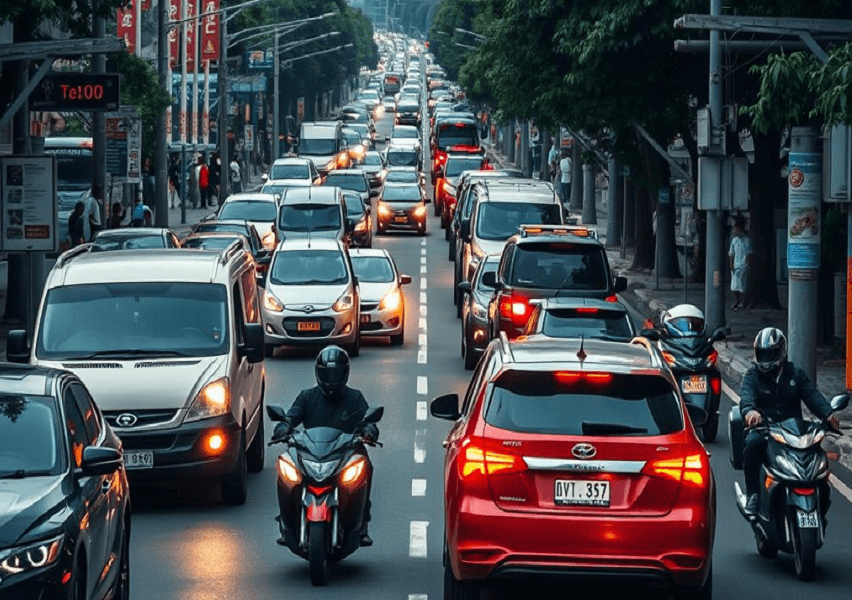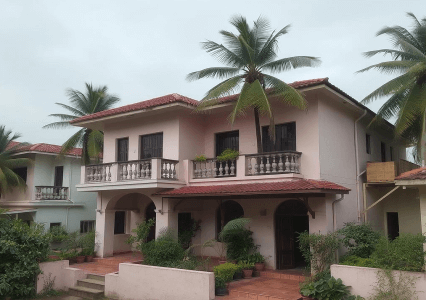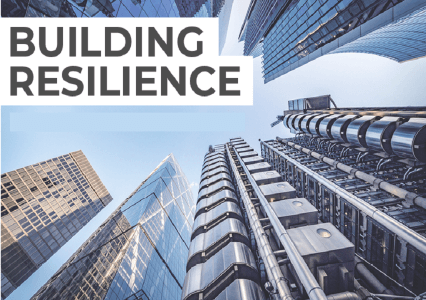
Traffic congestion is a significant issue in urban areas, leading to economic losses, environmental pollution, and reduced quality of life. Indian metropolitan cities are grappling with traffic congestion which cause severe discomfort to the residents.
Innovative solutions are being implemented globally to address this challenge, leveraging technology, urban planning, and policy changes. Here are some of the most effective approaches which if implemented will help in curbing the traffic menace in Indian cities.
- SMART TRAFFIC MANAGEMENT SYSTEMS: Intelligent Transportation Systems (ITS) use real-time data, AI, and IoT to manage traffic flow efficiently. These systems include adaptive traffic signals that change based on traffic conditions, smart intersections, and dynamic lane management.
- For example, cities like Los Angeles and Singapore use such systems to reduce congestion and improve response times for emergencies.
- PUBLIC TRANSPORTATION ENHANCEMENTS: Improving the quality, frequency, and coverage of public transportation can significantly reduce the number of vehicles on the road. Innovations include Bus Rapid Transit (BRT) systems, dedicated bus lanes, and the introduction of high-capacity, electric buses. Tier II cities in India have started using technologies such as Bus Rapid Transit (BRT) an this has been a significant milestone towards reducing traffic congestion.
- Additionally, integrating different modes of transport (trains, buses, bicycles) through a single-ticket system and real-time tracking can make public transit more appealing to commuters.
- CARPOOLING AND RIDE-SHARING SERVICES: Platforms like Uber, Lyft, and BlaBlaCar encourage carpooling and ride-sharing, reducing the number of vehicles on the road. Some cities incentivize carpooling through High-Occupancy Vehicle (HOV) lanes, which are reserved for vehicles with multiple passengers, reducing travel time for carpoolers and encouraging this behavior.
- CONGESTION PRICING: Implementing congestion pricing involves charging vehicles for entering high-traffic zones during peak hours. Cities like London, Singapore, and Stockholm have successfully reduced congestion using this method. Revenue from congestion pricing is often reinvested in public transportation improvements, creating a positive feedback loop that further reduces traffic.
- ENCOURAGING ACTIVE TRANSPORTATION: Promoting cycling and walking through dedicated lanes, bike-sharing programs, and pedestrian-friendly infrastructure can reduce vehicle dependency. Cities like Copenhagen and Amsterdam are renowned for their extensive cycling infrastructure, which not only alleviates traffic congestion but also promotes healthier lifestyles
- Such initiatives if implemented in Indian metropolitan cities will help in reducing traffic and also do wonders to the environment which has been reeling due to carbon emissions and side-effects of pollution.
FLEXIBLE WORK SCHEDULES AND REMOTE WORK: Encouraging businesses to adopt flexible work schedules or remote work can reduce peak-hour traffic congestion. Remote work plays a critical role in reducing urban traffic. Some cities are considering long-term policies to support this trend.
- URBAN PLANNING AND ZONING ADJUSTMENTS: Effective urban planning can reduce the need for long commutes. Mixed-use developments, where residential, commercial, and recreational spaces are integrated, can decrease the distance people need to travel for work and leisure.
- An Ideal example of mixed-use development can be Hiranandani Gardens in Powai which is a complete township with residential, commercial and entertainment avenues all merged into one.
- Transit-oriented development (TOD) focuses on creating high-density housing and commercial spaces near public transport hubs to encourage the use of public transit.
- AUTONOMOUS VEHICLES AND MOBILITY-AS-A-SERVICE (MAAS): Autonomous vehicles (AVs) and MaaS platforms are set to revolutionize urban mobility. AVs can optimize traffic flow by communicating with each other and traffic management systems, reducing congestion. MaaS platforms integrate various transportation modes into a single service, providing users with flexible, on-demand mobility options.
- SMART PARKING SOLUTIONS: Finding parking can contribute significantly to urban traffic. Smart parking solutions use sensors and real-time data to guide drivers to available parking spots, reducing the time spent searching for parking and thereby reducing congestion.
- TELEMATICS AND FLEET MANAGEMENT: For commercial vehicles, telematics systems optimize routes and reduce fuel consumption and time on the road. By managing delivery times and routes effectively, cities can reduce traffic congestion caused by commercial vehicles.
Conclusion: Implementing a combination of these solutions, tailored to specific urban contexts, can significantly alleviate traffic congestion and improve urban living conditions.


